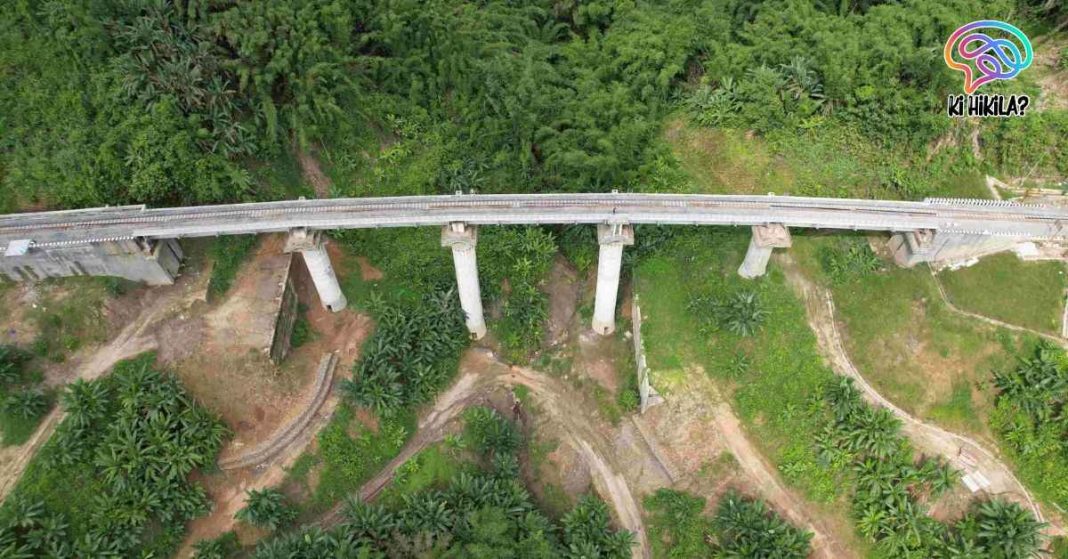The Sairang Railway Project marks a historic leap for Mizoram’s transport infrastructure. With the completion of a 51.38 km broad gauge railway line from Bairabi to Sairang, the Indian Railways has brought rail connectivity to the doorstep of the state’s capital, Aizawl. This long-awaited development promises to transform trade, tourism, and strategic links with Southeast Asia.
A Journey from Vision to Reality
Before this achievement, Mizoram’s rail presence was minimal — just 1.5 km of metre gauge track linking Bairabi to Assam’s Silchar. The vision to extend and upgrade this line began in 2008–09, aiming to connect all northeastern capitals by rail. However, the path was far from easy. Harsh terrain, unpredictable weather, landslides, and manpower shortages slowed progress.
The completed section is an engineering marvel, featuring 48 tunnels spanning 12.85 km and 142 bridges, built at a cost exceeding ₹5,020 crore. Tragically, the project also claimed 18 lives, including victims of the 2023 bridge collapse.
Why the Sairang Railway Project Matters
Mizoram’s landlocked geography means limited connectivity, with the only options being air travel or a five-hour road journey from Aizawl to Silchar. This new rail link will slash travel time to just 1.5 hours, reduce transport costs, and ease freight movement.
Beyond convenience, it plays a pivotal role in India’s Act East Policy, enabling the transhipment of goods from the India-funded Sittwe Port in Myanmar and strengthening economic ties with ASEAN nations.
The Act East Policy: Connecting the Northeast to Southeast Asia
Introduced in 2014, the Act East Policy builds on the Look East Policy of 1991, positioning the Northeast as India’s strategic gateway to Southeast Asia. Budget allocations have tripled since 2014, funding major projects in highways, railways, airports, and waterways.
Notable railway initiatives alongside the Sairang line include the Dimapur–Zubza project in Nagaland and the Imphal–Moreh line in Manipur. However, security and political instability in neighbouring regions remain challenges.
Challenges in a Complex Geopolitical Landscape
India’s connectivity ambitions face roadblocks from events in neighbouring countries. The 2021 Myanmar military coup and 2024 political shifts in Bangladesh have stalled key cross-border projects, such as the Agartala–Akhaura railway and the Kaladan Multi-Modal Transit Transport Project. These delays affect India’s broader economic integration with Southeast Asia.



